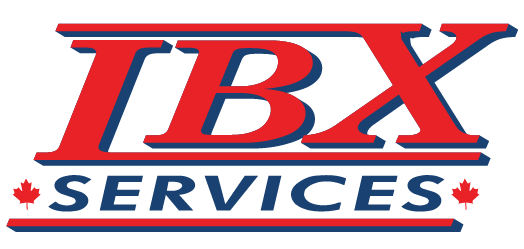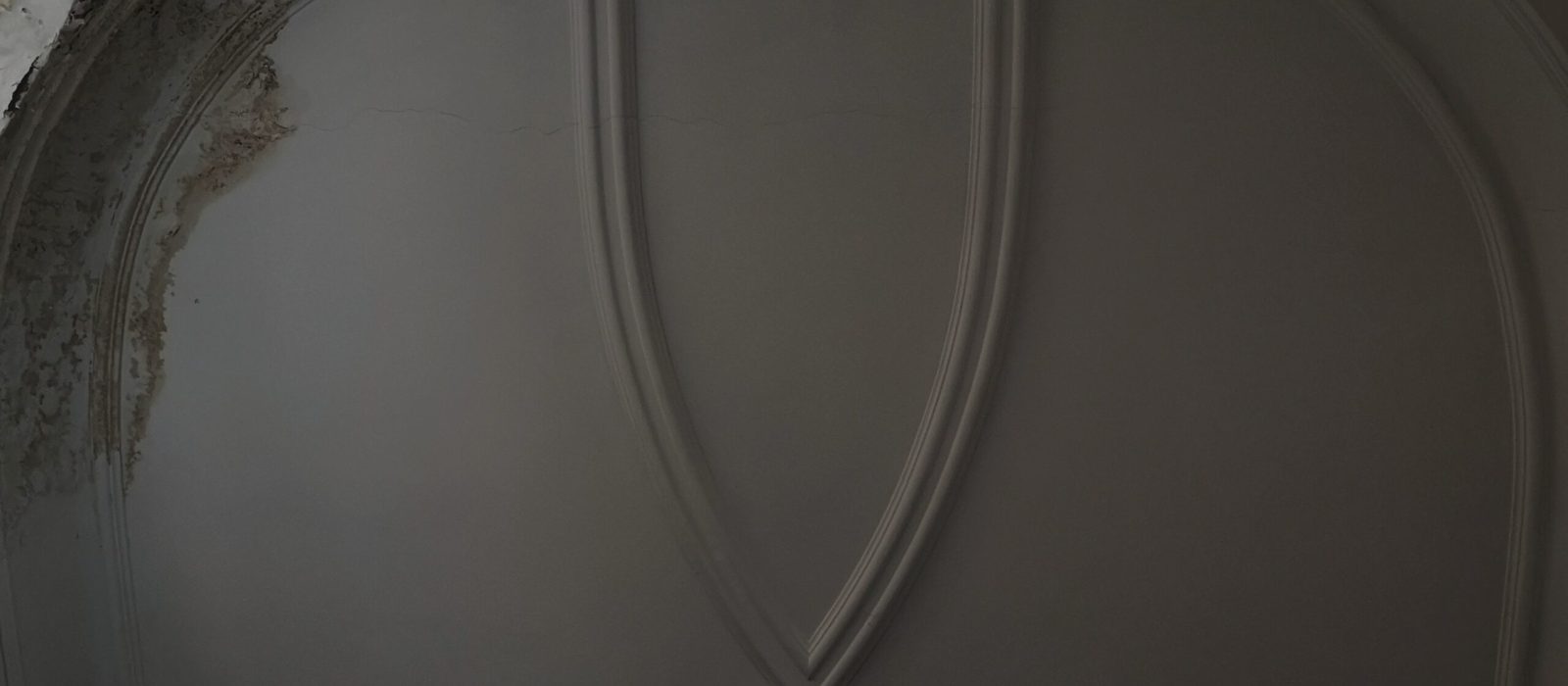Water damage is a crucial emergency, if it is not handled immediately, it can be a source of endless problems that can directly affect your health and the building code of your property. A common issue is ceiling water damage. If not treated carefully, it could destroy homes, lead to mold growth and illness, and cost you thousands to restore. In order to react appropriately, homeowners must be able to recognize the warning signs. There are plenty of reasons why you need to look for a trustworthy ceiling water damage restoration company, from the discoloration of the ceiling to the ceiling deterioration.
IBX Services water damage restoration is 24 hours available to assist you for any type of water damage emergency. Just call (416) 252-5959 and let our water damage professionals instantly help you!
Which are the causes of ceiling water damage?
Roof leaks and plumbing are the most commonly occurring causes of water leaks from the ceiling. Leaks can be easily identified due to their yellowish-brown water spots and they can cause severe water damage to your property. The majority of roof leaks are brought on by shingles that are broken, allowing snow or rain to enter your home.
As a result of repeated freezing and thawing, ice dams form under your shingles, which opens your roof up to water infiltration. The most likely reason for a wet ceiling in your attic or along the eaves of your house is roof damage.
Your ceilings may also become wet due to plumbing issues. Water can seep into the bathroom walls and drip to the ceiling when the caulk deteriorates.
Additionally, pipes may sweat both during summer and winter. Although unlikely, pipes and plumbing connections may eventually leak.
In rare circumstances, appliances or pipes may break down. A plumbing leak might be the cause of ceiling water damage if it is located directly beneath a bathroom or kitchen.
How to understand that you have ceiling water damage?
There are numerous indicators that show the water damage of your ceiling. Early detection and prompt repair are essential to prevent further harm to your house building code from occurring. Examples of water damage ceilings include:
1. Discolored Water-Spots
Water stains on the ceiling that are yellowish-brown indicate small ceiling leaks. Although it can be challenging to see, this is the first obvious sign that you’ll probably notice. Water stains typically show that the leak was sufficiently small to let the area dry.
2. Leaking Water from the Ceiling
The presence of water dripping from your ceiling should always be taken seriously. In most cases, locating the leak’s source is straightforward. Look for plumbing leaks or overflows above rings that will develop from frequent or irregular leaks as the water spreads farther from the source over time.
3. Paint peeling
Peeling paint or plaster is further evidence of a ceiling leak. This happens most frequently when a small leak makes the ceiling wet for a long period of time. Over time, water makes the paint bubble or peel. Moreover, fractures are caused by the expansion and contraction of wet plaster.
3. Drooping ceiling
A ceiling leak may be indicated by a sinking ceiling. As the ceiling material becomes saturated with water, it becomes weaker. The weight of the water will cause the ceiling to start to sag. Drop tile ceilings are more likely to sag due to water damage than drywall or plaster ceilings. A moderate water leak or other issue is typically indicated by a sinking ceiling.
What To Do with your water-damaged ceiling?
It’s crucial to resolve any water damage to your property’s ceiling as soon as possible. The integrity of the building and the safety of the people are at absolute risk. That’s why you must take immediate action to limit further harm.
1. Stop the water source
You must address the water source in any situation involving water damage before you can begin making repairs. In order to stop further water damage, this is crucial. The damage to the ceiling will continue if the water source is not turned off beforehand. Then, any repairs you make are useless.
2. Dry the affected areas of water damage
The water-damaged ceiling can then be dried after the water source has been dealt with.
In order to shield the floor and furniture from water and debris, lay down a tarp first. Next, gather towels and fans that you can use to dry the ceiling. To ensure you fully address the moisture, give the areas above and below the ceiling some time to dry.
After drying the ceiling, if water is still dripping, you know it is still too saturated and needs more drying. The sections that are still wet may need to be cut out so you can dry them.
3. Call a water restoration company
Action must be taken right away because water damage is a severe and life-threatening emergency. These circumstances can occasionally call for more than simple DIY fixes. You can hire IBX Services water damage for qualified assistance for water damage restoration services if the job is too difficult for you to handle on your own or if you lack the necessary water damage tools.
How to choose the right water damage restoration company?
Water damage situations, regardless of the amount of water, are emergencies that call for immediate action. Any porous building materials in your home, such as drywall and furniture, will absorb the extra water. The water can then easily spread to new areas of your property as a result of this absorption, which worsens the damage.
IBX Services water damage restoration company has 23 years of experience and has helped thousands of Canadian homes with their emergencies. Our professional water damage crew has overcome extensive training for handling water damage emergencies in both commercial and residential properties.
Call our IBX Services at (416) 252-5959 or send a detailed description to support@ibx.ca and let us help you!


